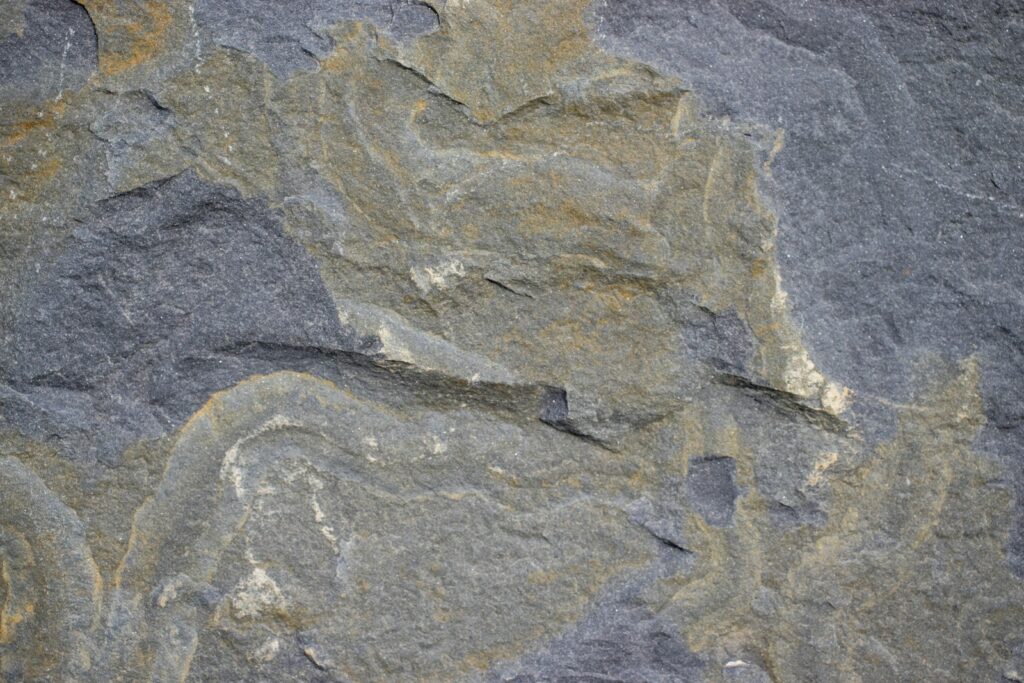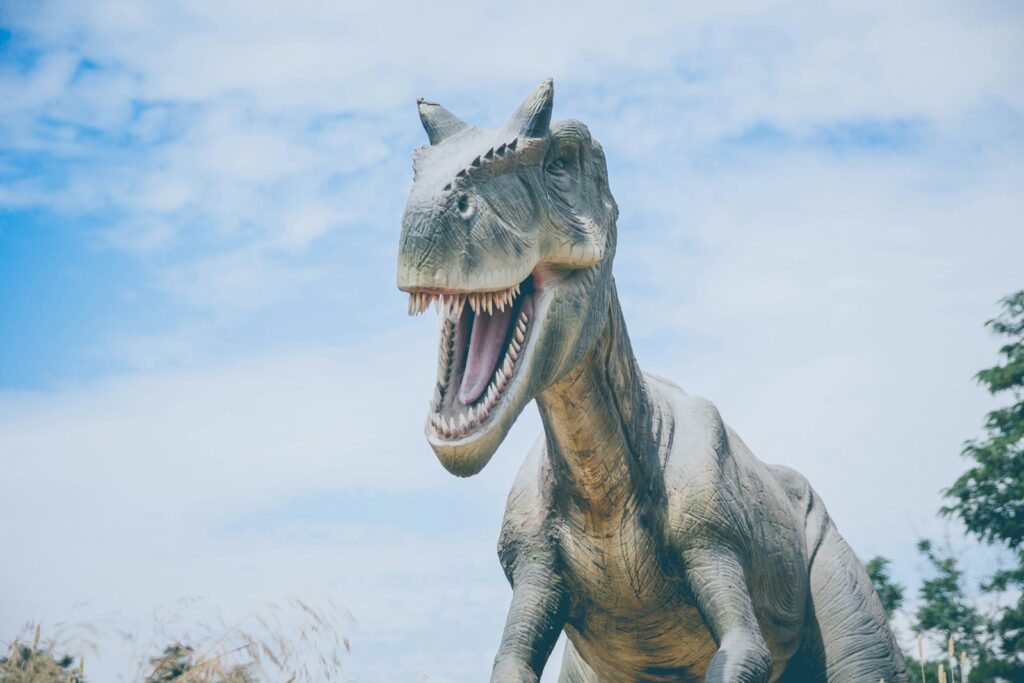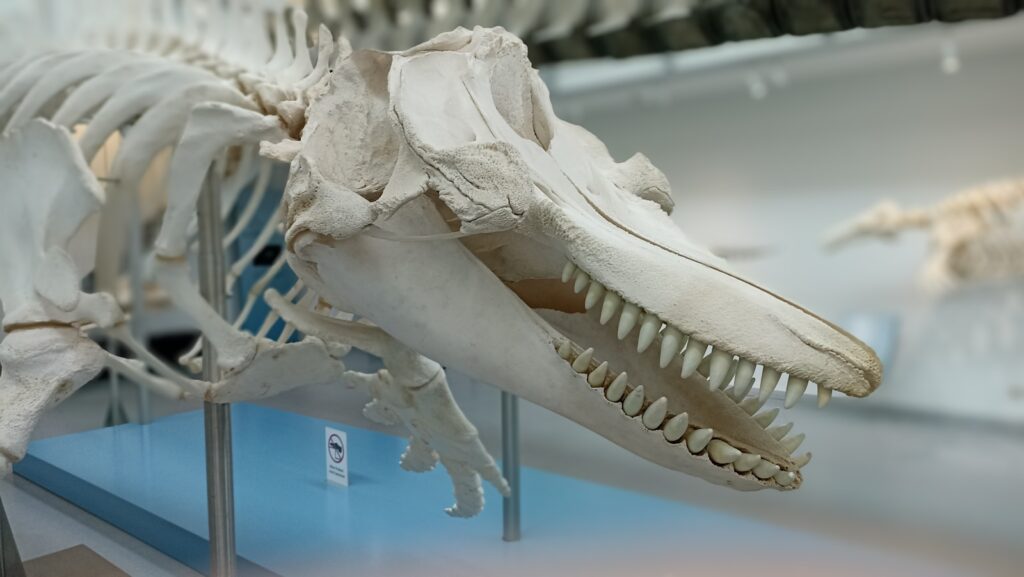Dinosaurs, like all living creatures throughout evolutionary history, faced health challenges from parasites and diseases. Despite being separated from us by 65 million years, evidence of these health struggles remains preserved in the fossil record. Paleontologists have developed ingenious methods to detect signs of illness and parasitic infections in dinosaur remains, offering fascinating glimpses into the health challenges these magnificent creatures faced. By examining fossilized bones, teeth, and occasionally preserved soft tissues, scientists can reconstruct aspects of dinosaur health and immune responses that would otherwise remain hidden in prehistory.
The Fossil Evidence of Dinosaur Diseases

The most compelling evidence for dinosaur diseases comes from paleopathology, the study of ancient diseases and injuries preserved in fossil remains. Fossilized bones can reveal signs of infections, tumors, arthritis, and other pathological conditions that affected dinosaurs during their lives. For example, the famous Tyrannosaurus rex specimen nicknamed “Sue” shows evidence of multiple health issues, including what appears to be a severe infection that affected several of its vertebrae and ribs.
These fossilized clues provide direct evidence that dinosaurs suffered from various ailments and had to contend with them as part of their everyday existence. The preservation of such pathological features across millions of years gives us a remarkable window into dinosaur health challenges.
Bone Infections in Dinosaurs

Osteomyelitis, or bone infection, appears to have been relatively common among dinosaurs based on fossil evidence. This painful condition occurs when bacteria enter the bone, causing inflammation, bone destruction, and sometimes the formation of abnormal bone tissue in response to infection. Paleontologists have identified telltale signs of osteomyelitis in multiple dinosaur species, including lesions, unusual bone growth, and distinctive patterns of bone alteration.
A particularly striking example comes from Allosaurus specimens showing evidence of bone infections that would have caused significant pain and mobility issues. These infections would have been serious challenges for dinosaurs, potentially limiting their ability to hunt, migrate, or escape predators, and in severe cases may have contributed to their deaths.
Parasitic Infections: The Hidden Threats

Evidence suggests dinosaurs hosted various parasitic organisms, much like modern reptiles and birds. While soft-bodied parasites rarely fossilize, scientists have found indirect evidence of their presence. In some cases, tiny holes in dinosaur bones may indicate parasitic infections that penetrated the skeletal tissue. More dramatically, some fossilized dinosaur feces (coprolites) contain preserved parasite eggs or larvae, revealing intestinal parasites similar to those found in modern animals.
Additionally, some researchers have suggested that certain bone pathologies might represent the body’s response to parasitic infestations, though such diagnoses remain speculative. The dinosaur-parasite relationship likely evolved over millions of years, with both host and parasite developing increasingly complex adaptations in an evolutionary arms race.
Cancer in Dinosaur Remains

Perhaps surprisingly, researchers have identified evidence of cancer in dinosaur fossils, demonstrating that this disease predates human existence by millions of years. Bone cancers like osteosarcoma leave distinctive growth patterns that can be preserved in fossilized remains. One famous example is a Centrosaurus apertus specimen discovered in Alberta, Canada, which shows evidence of advanced osteosarcoma in its fibula (lower leg bone).
The cancer had progressed significantly before the animal’s death, suggesting the dinosaur lived with the condition for some time before succumbing to it or another cause. Such discoveries highlight that cancer is not merely a modern human disease but has affected vertebrates throughout evolutionary history, including the mighty dinosaurs of the Mesozoic Era.
Arthritis and Joint Diseases

Just like humans and contemporary animals, dinosaurs suffered from degenerative joint diseases such as arthritis. Paleontologists have identified evidence of arthritis in multiple dinosaur specimens, particularly among older individuals. The bone surfaces of affected joints often show characteristic wear patterns, bone spurs, and other changes consistent with arthritis. One noteworthy example comes from a specimen of Iguanodon, which shows clear signs of advanced arthritis in its hand joints.
These findings suggest that aging dinosaurs likely experienced pain and mobility limitations similar to elderly animals today. The prevalence of arthritis among dinosaur fossils also indicates that some dinosaurs lived long enough to develop age-related degenerative conditions, providing insights into their longevity and life experiences.
Injuries Leading to Infection

Traumatic injuries often served as entry points for infectious agents in dinosaurs. Broken bones, puncture wounds from combat, or injuries from falls could become infected if bacteria entered the wound. Fascinatingly, paleontologists can sometimes identify both the original injury and the subsequent infection in fossil remains. For example, some Allosaurus specimens show evidence of rib fractures complicated by infection, suggesting the animal survived the initial injury but struggled with the resulting infection.
These combined trauma-infection cases demonstrate the difficult healing process dinosaurs faced in their hostile prehistoric environments. Without antibiotics or medical care, dinosaurs relied entirely on their immune systems to fight off infections that developed after injuries, making every significant wound potentially life-threatening.
The Dinosaur Immune System

While we cannot directly study dinosaur immune systems through fossils, scientists can make informed inferences based on their closest living relatives: birds and crocodilians. These modern animals possess complex immune systems with both innate and adaptive components capable of fighting diverse pathogens. Given the evolutionary relationships, dinosaurs likely possessed similar immune mechanisms, including inflammatory responses, specialized white blood cells, and antibody production.
Evidence supporting this comes from healed injuries in dinosaur fossils, indicating successful immune responses that allowed dinosaurs to recover from wounds and infections. Some fossils show signs of healing processes similar to those observed in modern reptiles and birds, suggesting comparable immune mechanisms were at work in their dinosaur ancestors.
Dental Diseases in Dinosaurs

Tooth-related health issues appear to have been common among certain dinosaur groups, particularly those with specialized dentition. Herbivorous dinosaurs, which constantly wore down their teeth on tough plant material, sometimes developed dental abnormalities, including unusual wear patterns, misaligned teeth, or periodontal disease affecting the tissues around teeth. Carnivorous dinosaurs faced different dental challenges, including broken teeth from struggling prey and possible infections in tooth sockets.
Particularly compelling evidence comes from a Tyrannosaurus rex specimen that appears to show a tooth infection so severe it may have partially eaten through the jaw bone, a painful condition that would have significantly impacted the animal’s ability to feed. These dental pathologies provide insights into dinosaur diets, feeding behaviors, and the health challenges associated with their specialized feeding adaptations.
Avian Diseases in Therapod Dinosaurs

The close evolutionary relationship between theropod dinosaurs and modern birds raises interesting questions about shared disease vulnerabilities. Some researchers have suggested that theropods may have been susceptible to avian diseases similar to those affecting their bird descendants today. While direct evidence remains elusive due to the challenges of identifying specific pathogens in fossils, certain bone pathologies in theropod dinosaurs bear resemblance to those caused by avian respiratory diseases in modern birds.
Additionally, air sacs within theropod bones, similar to the respiratory structures of birds, may have been vulnerable to similar infections. This potential disease continuum across the dinosaur-bird evolutionary transition offers a fascinating perspective on the long history of certain pathogens and host-pathogen relationships.
Parasites in Dinosaur Feathers

The discovery that many dinosaurs possessed feathers or feather-like structures opens up new considerations about external parasites. Modern birds contend with numerous feather-dwelling parasites, including lice, mites, and ticks that have specifically evolved to exploit this habitat. It seems probable that feathered dinosaurs faced similar parasitic challenges.
Some researchers have even suggested that certain dinosaur behaviors, such as dust bathing or solar basking, might have evolved partly as parasite control strategies, similar to behaviors observed in modern birds. While direct evidence of feather parasites is exceptionally rare in the fossil record, amber specimens occasionally preserve ancient parasites, offering tantalizing glimpses of the external organisms that might have troubled feathered dinosaurs.
Social Behaviors and Disease Transmission

The social behaviors of dinosaurs likely influenced how diseases spread among populations. Gregarious dinosaur species that lived in herds or groups, such as many ceratopsians and hadrosaurs, would have been vulnerable to rapid disease transmission through close contact. This social transmission risk might explain why some fossil sites contain multiple individuals of the same species showing similar pathological conditions, potentially indicating disease outbreaks.
Conversely, more solitary dinosaur species would have had reduced exposure to contagious diseases but might have lacked the social benefits that help some animals cope with parasites, such as mutual grooming. These dynamics suggest that disease pressures could have influenced dinosaur social evolution, just as they do in modern animal populations where disease avoidance and control must be balanced against the benefits of sociality.
Environmental Factors and Dinosaur Health

The environments dinosaurs inhabited significantly influenced their exposure to parasites and diseases. Swampy, humid areas likely harbored more parasites and disease vectors, possibly making dinosaurs living in these regions more vulnerable to certain ailments. Climate changes throughout the Mesozoic Era would have altered these disease landscapes, potentially exposing dinosaurs to new pathogens as environments shifted.
Additionally, mass congregation areas like watering holes or nesting sites might have served as transmission hotspots where parasites and pathogens could easily spread between individuals. These environmental disease pressures likely influenced dinosaur migration patterns, habitat preferences, and evolutionary adaptations as species developed ways to minimize exposure to particularly parasite-rich environments while still accessing necessary resources.
Could Diseases Have Contributed to Dinosaur Extinction?

While the asteroid impact at the end of the Cretaceous period remains the primary explanation for dinosaur extinction, some scientists have pondered whether disease factors might have played a contributory role. Stressed ecosystems following the impact could have made surviving dinosaurs more vulnerable to disease outbreaks, potentially accelerating their decline. Environmental changes might have altered pathogen distributions or virulence, creating new disease challenges that dinosaurs couldn’t overcome.
Additionally, some researchers have suggested that certain dinosaur groups might have already been experiencing health stresses before the asteroid impact, potentially from emerging diseases or changing parasite burdens as environments shifted with ongoing volcanic activity and climate change. While disease alone likely didn’t cause dinosaur extinction, health factors may have been part of the complex extinction scenario, interacting with other stressors to reduce dinosaur resilience in the face of catastrophic environmental change.
Conclusion

The study of dinosaur diseases and parasites provides a fascinating window into prehistoric life, revealing that even the mightiest animals in Earth’s history were not immune to health challenges. From bone infections and cancer to arthritis and parasitic infestations, dinosaurs faced many ailments surprisingly similar to those affecting modern animals. The evidence preserved in fossils demonstrates that disease has been a fundamental aspect of life’s struggle throughout evolutionary history.
As paleontological techniques continue to advance, we can expect even more detailed insights into how dinosaurs coped with health challenges during their 165-million-year reign. These discoveries not only illuminate dinosaur biology but also provide valuable perspective on the ancient origins of diseases and immune responses that continue to shape life on Earth today.




